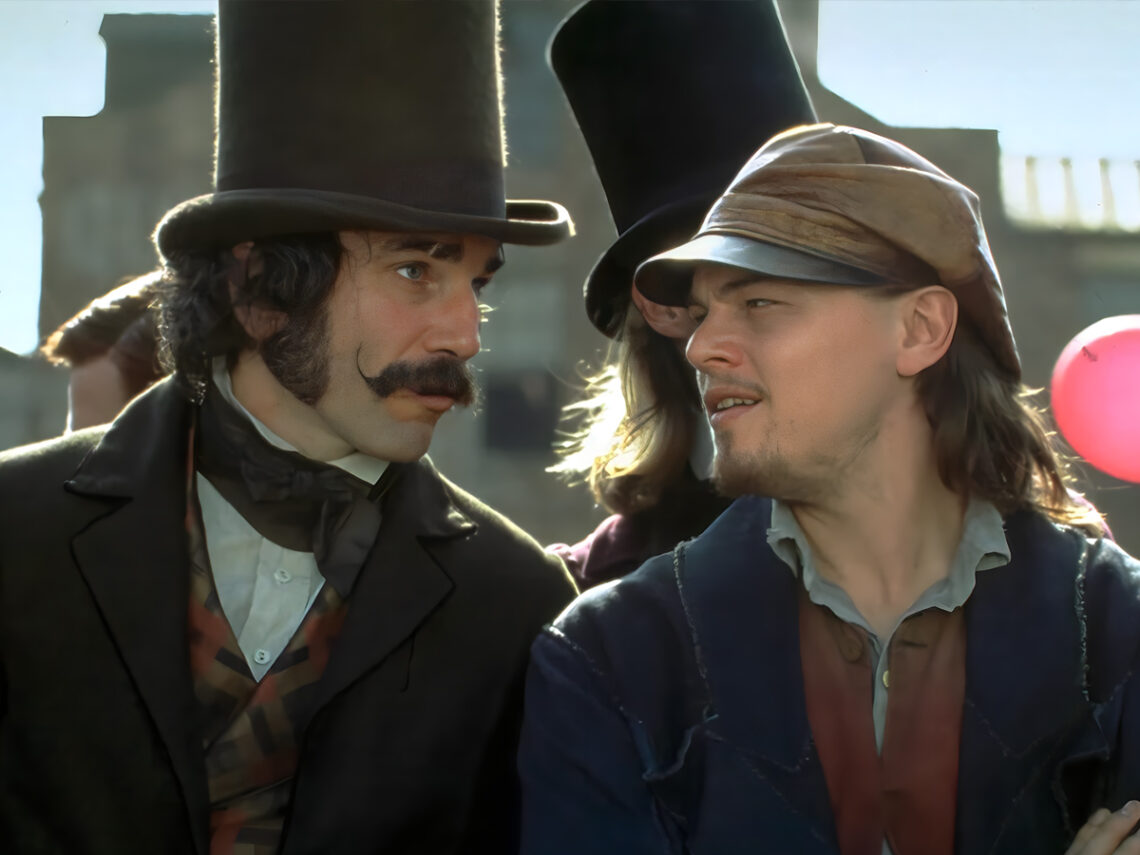
‘Gangs of New York’ ending explained: What started the riots?
In his 2002 crime epic Gangs of New York, Martin Scorsese dramatises the great events that turned New York into the most important urban centre in the United States during the 19th century. From the corrupt politics of Tammany Hall to the gang warfare which spread across slums that sprung during the rapid industrialisation driving its growth, the movie immerses us in the city’s simmering underbelly.
Interestingly, the movie’s brutal climax swings on a real historical event over which its protagonists have absolutely no control, that catches them completely unawares. The New York City draft riots of 1863. Just as William “Bill the Butcher” Cutting and Amsterdam Vallon are preparing to face off in one final battle for control of Manhattan’s Five Points gangland, a beer keg crashes through a plate-glass window in wealthy uptown Fifth Avenue.
As a mob swarms the homes of New York’s rich and powerful, baying for blood, breaking into arms stores and attacking the boarding houses of free African-Americans and lynching their inhabitants, Cutting and Vallon lead their gangs to Paradise Square in Five Points for what ought to be the film’s showdown. Yet Leonardo DiCaprio and Daniel Day-Lewis have their thunder stolen by cannonfire.
The US Navy conflates the gangs with the lynch mob rioting across the city, and mercilessly fires on the square, as the National Guard advances with bayonets drawn forward. Bill and Amsterdam’s respective gangs, the protestant Confederation of American Natives and catholic Dead Rabbits, are dispersed. Only their two leaders remain.
But even the ferocity of their personal confrontation is undercut by the military’s siege of Five Points. Cutting is already fatally wounded by a piece of shrapnel when Vallon reaches him, leaving him only with the formality of finishing him off. “Thank god,” Cutting says, “I die a true American.” before Vallon guts him with the same knife that Cutting used to slay his father.
So, what caused the riots?
This somewhat anticlimactic finale of the head-to-head confrontation between the movie’s principal characters puts their gang warfare into perspective. Their brutal struggles for territorial control and influence within Five Points is nothing compared to the brutality of the American Civil War, which was entering its bloodiest chapter at that very moment.
Thousands of poor New Yorkers of both protestant and catholic heritage had already lost their lives on the battlefields of states further south. And now thousands more were to be forcibly drafted to fight in the deadliest war American soil has ever hosted. As Amsterdam tells us, “They read out the draftees’ names like they was dead already.”
The announcement of the Civil War draft leads to a small disturbance at Manhattan’s main drafting office, where we hear its instigators shouting, “To hell with your damned draft! Give ’em hellfire boys! Rip them apart! Kill the rich bastards!”, as they proceed to smash up the building and those working there. Down the road, rich politicians dismiss the episode as, “Just a brief burst of anger.” But they’re soon proved wrong, as anti-draft riots spread across the whole city.
The rioters are poor, white working class layers of the city’s population, who end up exacting violence not only on the city’s wealthy but on much of its black population. Black New Yorkers at the time were either freed slaves or close descendants of freed slaves in the main. And since slavery was the question at the heart of the Civil War, innocent people bore the brunt of furious anti-war sentiment purely due to the colour of their skin.
Not least because people like Cutting and Tammany Hall bigshot William Tweed, who’s played by Jim Broadbent in the movie, whipped up racial hatred against them. Tweed is quoted as saying, “You can always hire one half of the poor to kill the other half,” and this perverse piece of political cynicism soon comes back to bite him.
This ending to Gangs of New York reminds us that there are bigger processes at hand than individual criminality, either among petty gangsters or mafia politicians. “All we could see was the hand in front of us,” Amsterdam observes. Yet history’s hand was more decisive.
Scorsese’s choice to make the final shot a time-lapse montage of Manhattan’s cityscape reinforces this sentiment, while conveying a sense of hope that the city that never sleeps will continue to reinvent itself for the better. Ultimately, as it is with so many other compelling works of art, New York itself is the film’s central protagonist. Its gangs only play a supporting role.